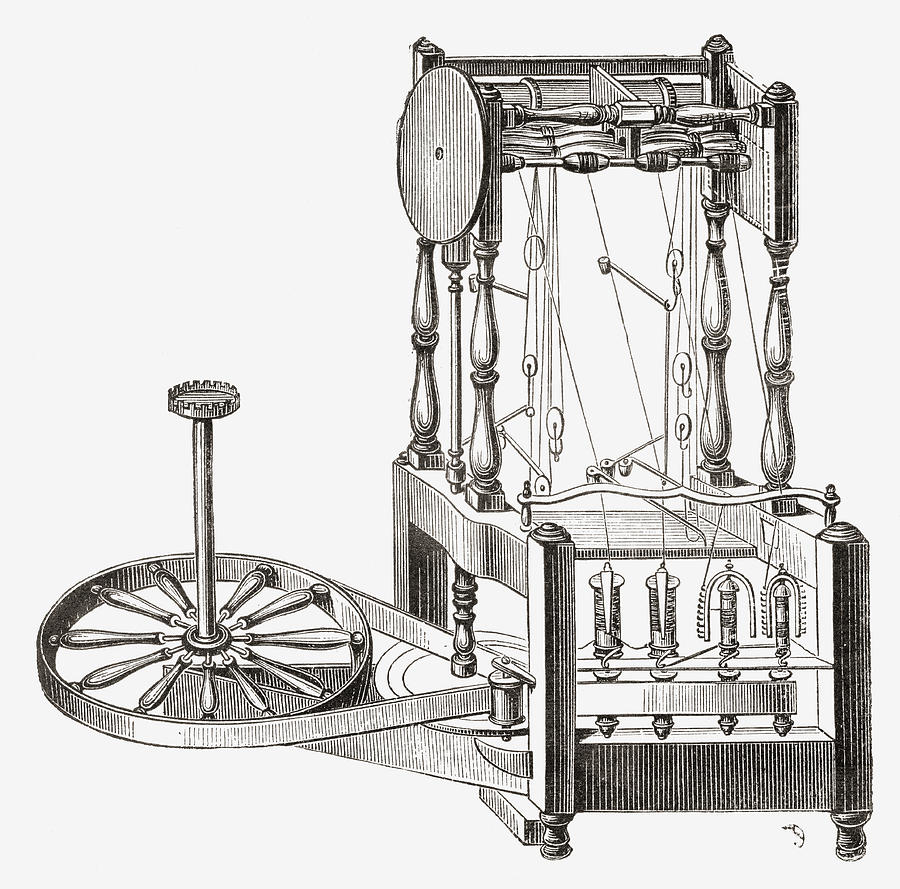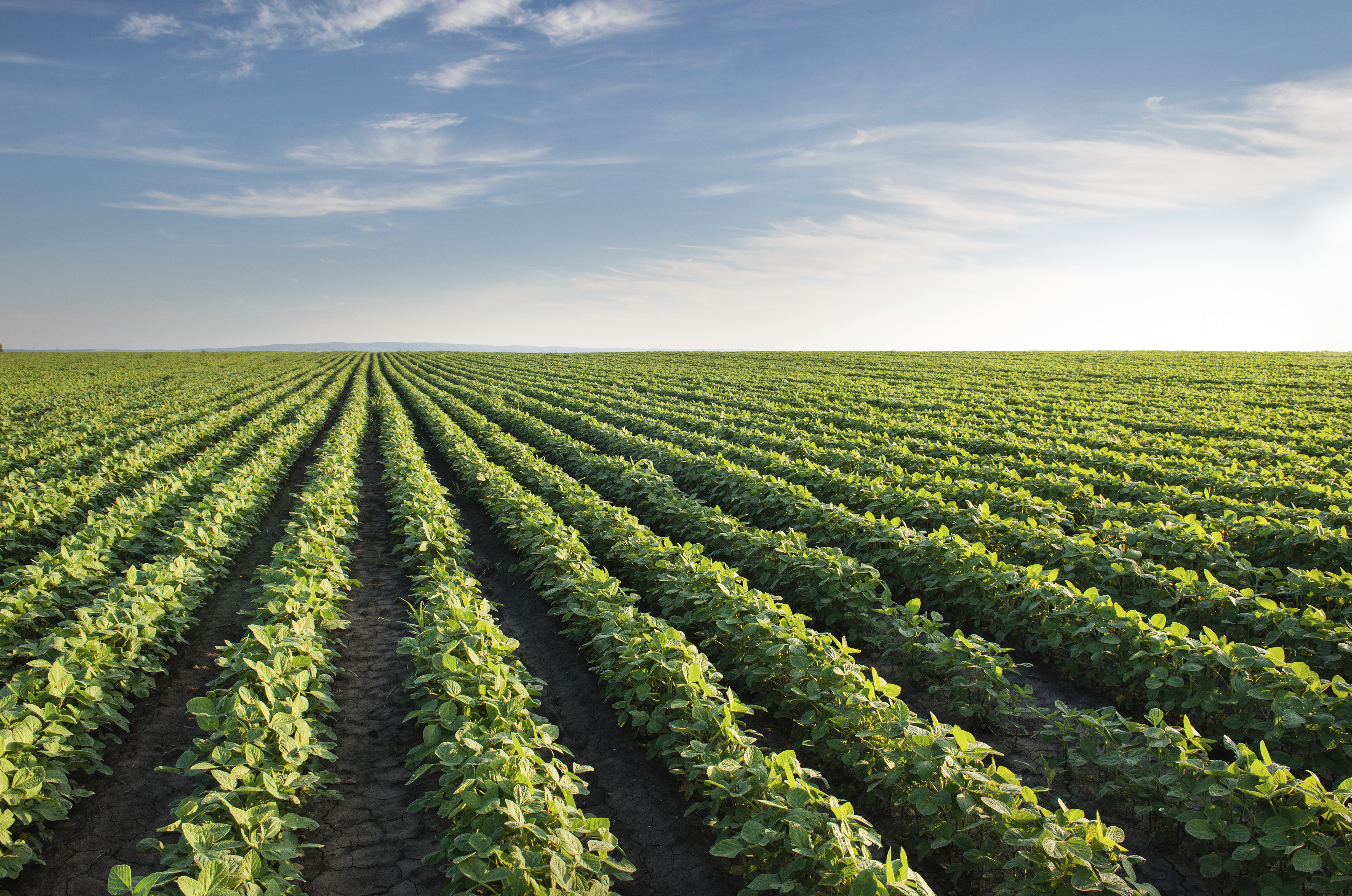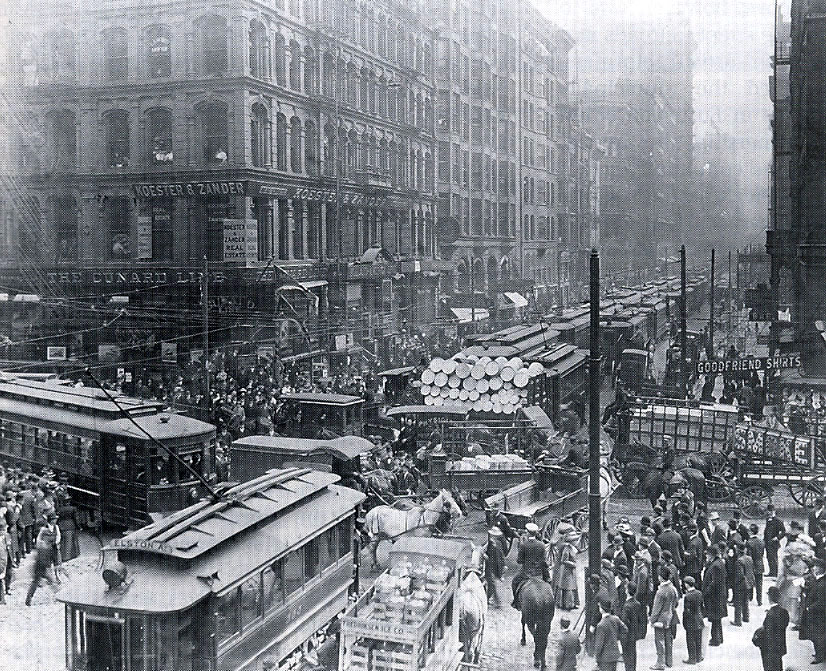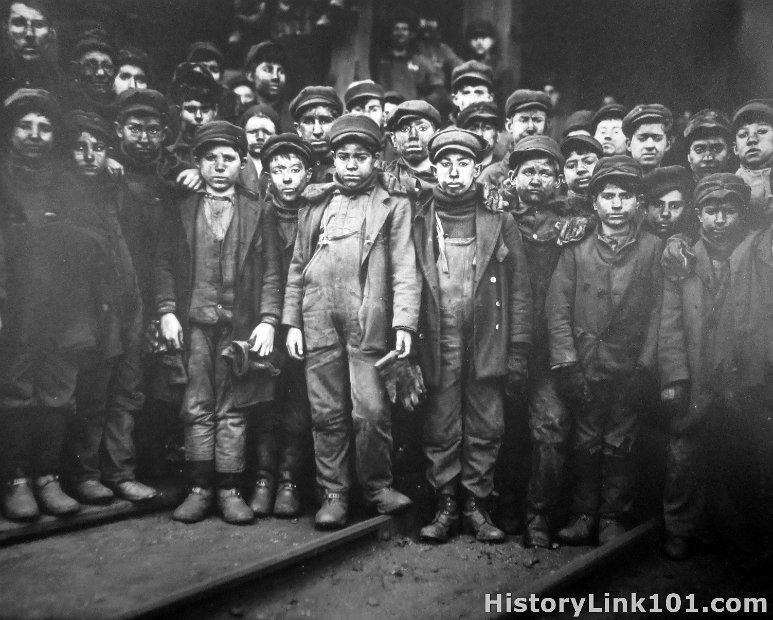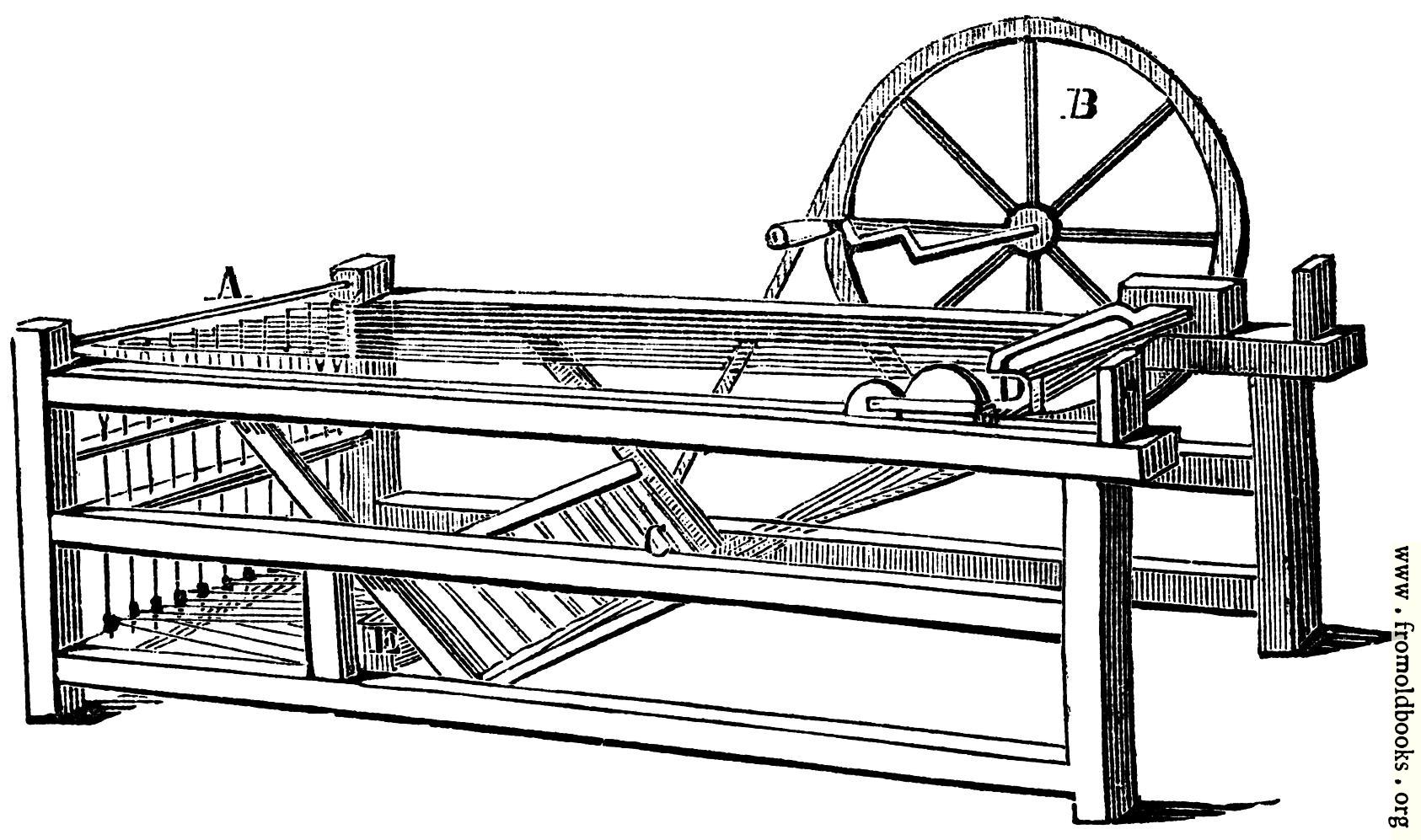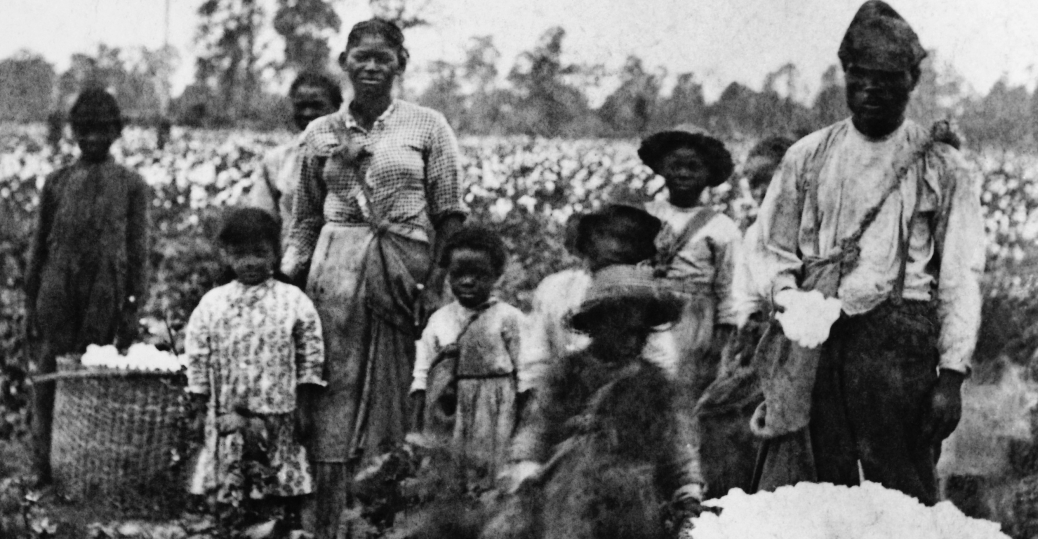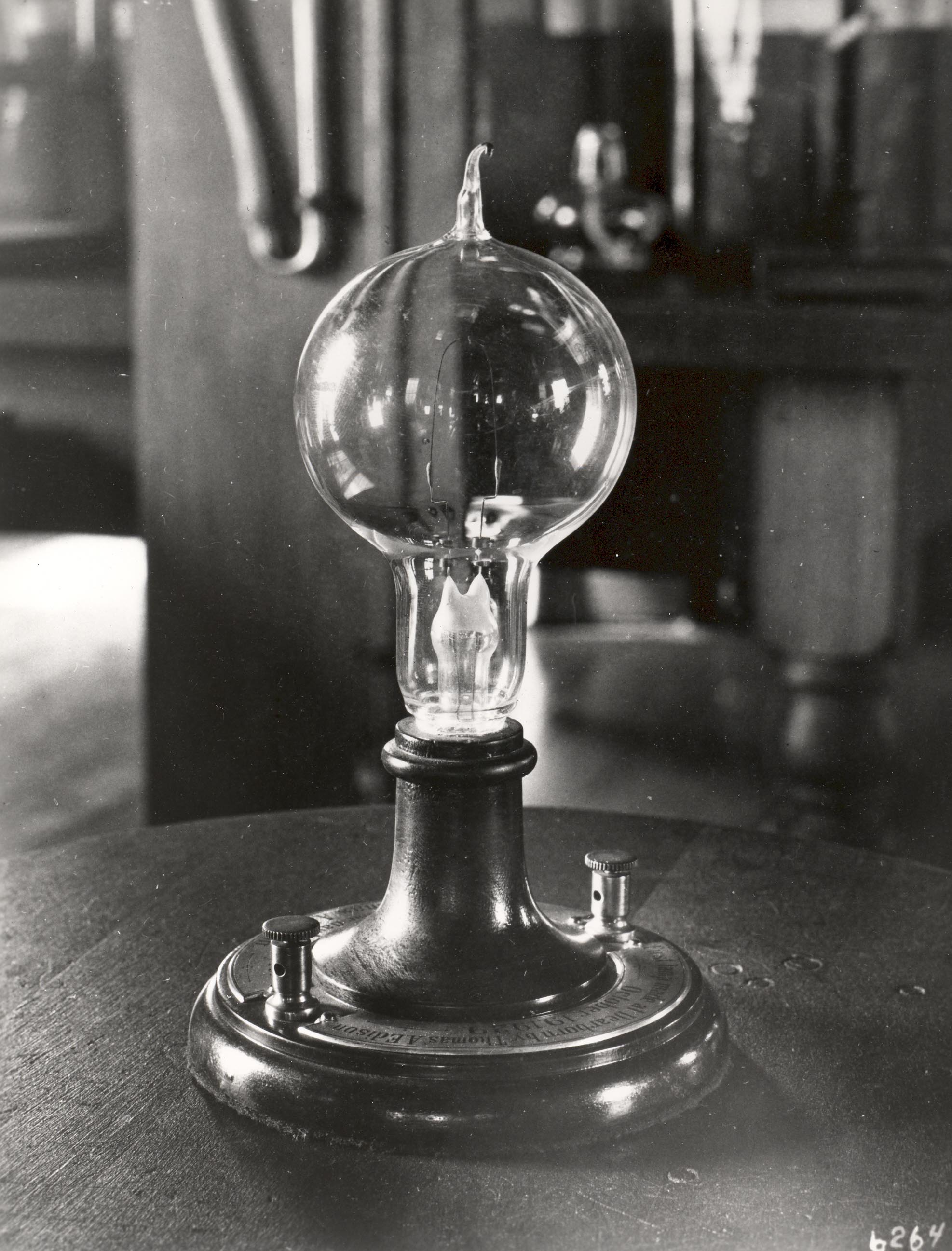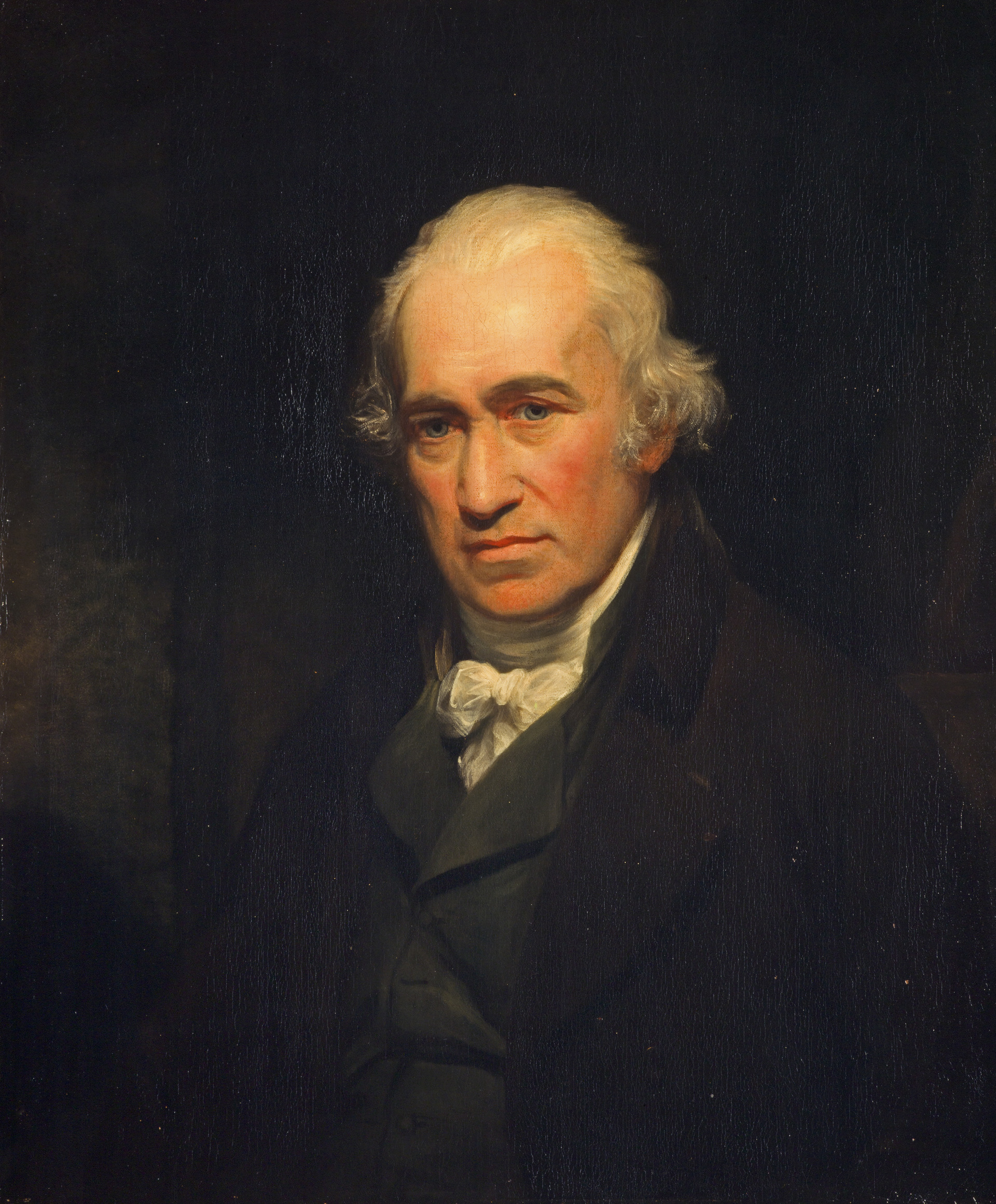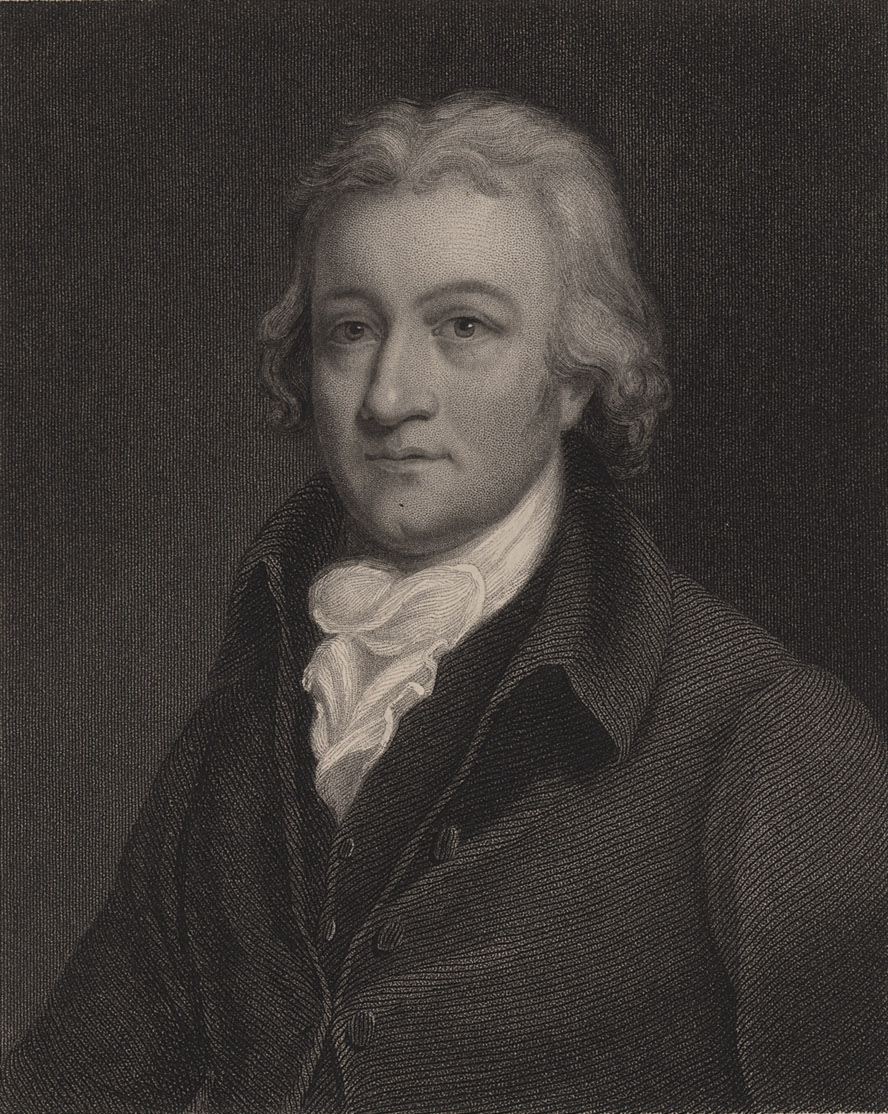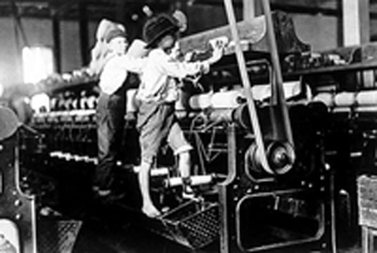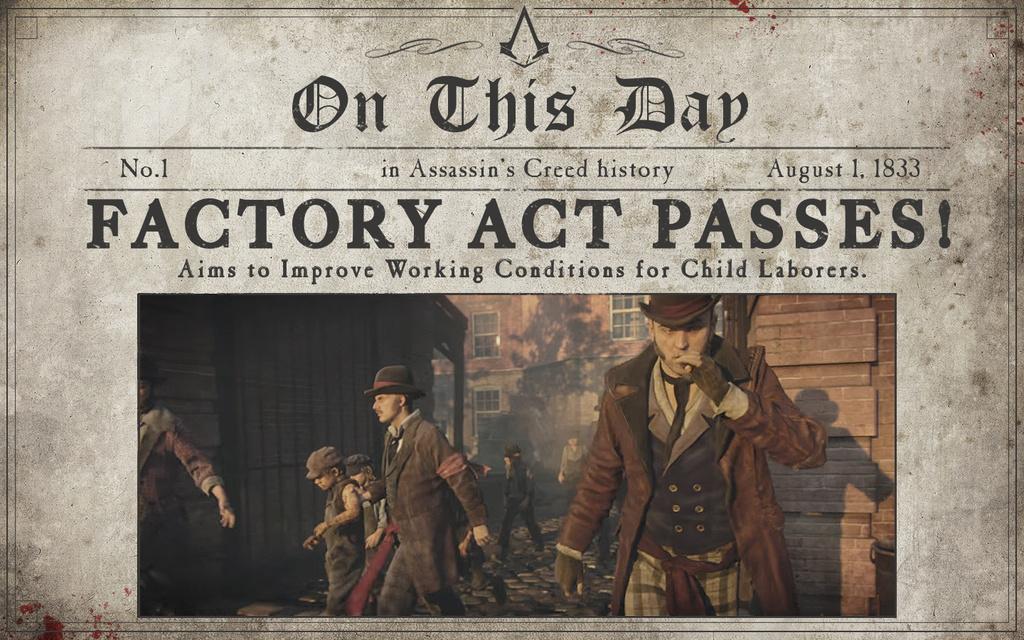Industrial Revolutioin
Resources
Technology
Industries
Economy
Communism, Socialism, and Capitalism
Feminism #
Reforms
Power
Protected children
Malthus
Middle Class
More food #
Sanitation
Urbanization
Parks
Amusements Parks
Supply and Demand
Food
Longer Life
Iron, Steel, and Coal
Trains
Telegraph, Radio, telephone and mail delivery
Science
Production
Iron, Steel and Coal #
Electricity #
Tesla
Edison #
Light Bulb
Power #
Light
Industrialization
Cotton
Slaves
Spinning Jenny #
Women Workers
360 Million pounds of cotton by 1840
Sigmund Freud
Marie Curie
Louis Pasteur
Albert Einstein
Farmers decline by 20% #
Growth of Cities
Pre Industrial Revolution Cities were Political powers #
Post Industrialization Cities economic powers #
Factrories #
Bad conditions
12 hour work days
Child and women workers
Underwear #
Steam boat #
Flying Shutte #
Water frame #
John Kay #
James Hargreaves #
Edmund Cartwright #
James Watt #
Factory act of 1833
Minimum age of 9
Children age 9-13 could only work 8 hours a day
Children 14-18 could work 12 hours a day
Variety in diet #
No major wars or epidemics
Luddities
Reject science
Vacation
Traveling
Sports
Charles Darwin #
Social Darwinism
Marie Curie was a scientist that studied radioactive elements. Through out her studies of radioactive elements, she later was diagnosed of cancer and died.
Charles Darwin impacted the way we think of our world by making a theory about our evolution that changed from the ancient grreks theory
Freud cread many different theories that later became popular. He created many different new sayings and terms.
Pasteur discovered that microbes were responsible for making alcohol sour , which lead to making the idea of pasteurization.
Einstein is known as one of the greatest thinkers of all time in the creation of his theory of relativity. The theory led to new ways of looking at time, space and energy.
Tesla was a engineer and a inventor was best known for his contributions to the design of the modern alternating current electricity supply system.
Thomas Edison was known for inventing many different inventions that drove the world in science advancements. He is best known for creating one of the first incandescent light bulbs and one of the first movie camera.
Trains made transportation easier and easier over their production time. Before trains they had to transport materials manually, but with trains it made production faster and easier or transport over long distances.
John Kay was the inventor of the flying shuttle which was a important invention to the industrial revolution. The flying shuttle allowed one worker instead of just weaving one piece of fabric, but much larger and wider pieces of fabric.
James Hargreaves invented the spinning jenny which was important for weaving cotton. The spinning jenny had eight spindles on it where the thread was spun. Before, a single weaver could only weave one thread at a time but with the spinning jenny they could weave eight.
Edmund Cartwright created the water loom which increased the rate at which cotton could be woven
James Watt developed the steam engine which could be used to drive machinery which helped revolutionize transportation
Iron, steel and coal were important to the revolution because they became very important for developing new inventions. Steel and iron let materials be more durable and able to sustain better in bad weather than other materials.
The steam boat made transportation easier for people and materials across large bodies of water.
Urbanization was very important to the revolution because it let everybody to live a better life. Even though most of the cities were a big mess in the beginning of the revolution, they started to rise up and become cleaner and safer for citizens.
Leisure time was important because before no one had any breaks. It was go to work then go home and go to work the next day. Leisure time allowed people to relax and make them happier.
Because of urbanization, the population of farmers declined massively. This is important because even thought there were less farmers, food was still in large amounts
Feminists were important for equal working right for them and children. Through their fights, they were able to shorten the work days for everyone especially children. Children were only allowed to wrok 12 hours a day if they were 14-18 or if they were 9-13, they were allowed to work 8 hours or less.
Before the industrial revolution, there were two classes and they were the peasants and the nobles.After and during the revolution the classes turned to the working class, the middle class and the upper class.
Power was important to the revolution because it allowed for many new scientific advancements.
click to edit
